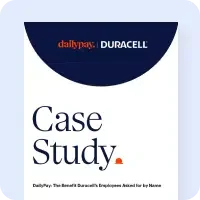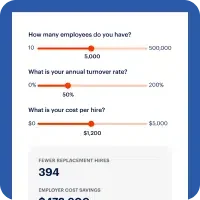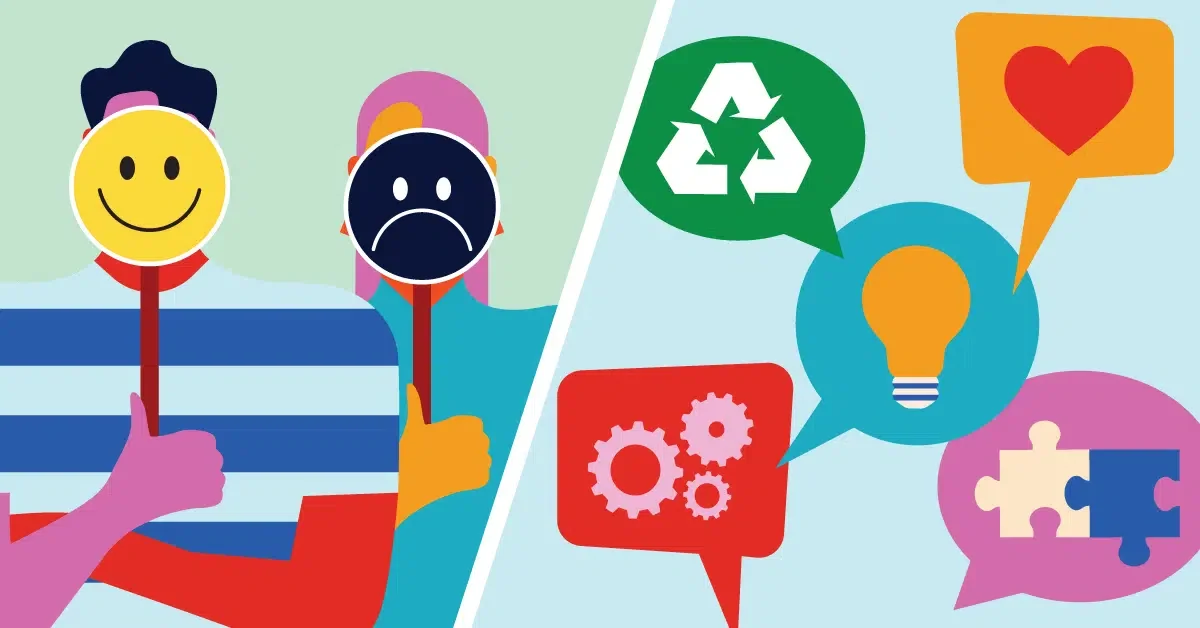Over the last decade:
- Low unemployment rates have created a tight labor market
- A five-generation workforce has created a unique coworking dynamic
- Technology has changed job descriptions and restrictions
These three factors have merged to turn the workplace upside down.
Read on to learn how company evolution has changed the way employees view their employers, what it means for organizations that are trying to keep up with the competition, and how employee-employer relations must change with the times.
What is Employee Engagement?
The term employee engagement has been a buzzword circulating in HR for years. According to SHRM,1 employee engagement is defined as “the term . . . that relates to the level of an employee’s commitment and connection to an organization.”
Research from SHRM concluded that focusing on employee engagement improves business objectives like:
- Retention levels
- Customer loyalty
- Organizational performance
- Company value
For several years, management consultant company Gallup routinely measured employee engagement trends in the U.S. due to its noted importance to company success.2
However, as of 2017 Gallup stopped regularly measuring the trends.
Why? Perhaps it has to do with a new buzzword that has started to creep into HR circles: Employee experience.
The Difference Between Employee Engagement and Employee Experience
The idea behind employee engagement is ensuring employers can fulfill the psychological needs of their employees so they can perform well.
In addition to ensuring employees have the tools to complete their work, Gallup suggests that employee engagement is important for many reasons, some of them being:3
- A decrease in absenteeism
- A decrease in safety accidents
- A decrease in turnover
- Increase in sales
- Increase in productivity
- And an increase in customer loyalty/engagement
Employee engagement focuses on a mere snapshot of the employee’s lifecycle at the job, such as annual performance reviews, monthly check-ins, or weekly updates. As a result, workplace relationships have a significant influence on employee engagement.
Employee experience, on the other hand, takes a step back in the employee lifecycle.
Rather than focusing on short bursts of an employee’s time on the job and singular relationships, employee experience gauges the entire journey an employee takes with your organization, and each interaction along the way.
What Creates a Comprehensive Employee Experience?
Jacob Morgan, author of “The Employee Experience Advantage” and an expert in employee experience says that to touch on every milestone within the employee lifecycle, an organization must focus on the following three pillars:4
- Culture: This piece is the sense of purpose your employees feel, the organizational structure, the people within your organization and how an employer expresses its commitment to the health and success of employees.
- Technology: What tools do your employees use in their jobs every day? Do they allow your team to get their job done effectively, create workplace flexibility and inspire collaboration?
- Physical workspace: Are your employees comfortable in their space? The physical workspace includes the floor plans, the design of the office and the amenities your employees can take advantage of to help them work most effectively.
How to Design the Employee Experience
Above all, employee experience is an opportunity for employers to show that they value their team, both in a personal and professional setting.
Designing the employee experience is about letting your staff tell you what they want in the workplace, and you listen.
Think of the vast amount of money companies throw into uncovering their client’s pain points, or what their customers want from a product or service. You would never make assumptions, right? The same is said for an employee experience—don’t try to guess what your workforce wants or needs.
To get to the bottom of what your employees want from their experience with you, consider trying some of the following techniques:
- A survey that asks what type of resources, technologies and spaces they need to be successful
- Include employees in the decision-making process as you make workforce changes
- Give your staff project ownership to help them feel invested in their contributions to the business
- Gauge the type of benefits your team is currently taking advantage of to see what can be replaced or enhanced
- Ask how the recruiting process felt for your employees
- Get exit interviews and actually implement the feedback
By asking questions, and listening to the answers, you can start to build the foundation for a positive employee experience at your organization.
When the employee experience is positive, employees are engaged and able to get their work done efficiently; an equation that delivers better bottom line results.
Want to read more?
Check out the best employee engagement strategies and ideas for 2023.
All information herein is for educational purposes only and should not be relied upon for any other use. The information herein does not constitute the rendering of professional advice by DailyPay. No fiduciary obligation or duty exists, or is created, between you and DailyPay. DailyPay does not warrant the completeness or accuracy of any information provided to you.
1 Developing and Sustaining Employee Engagement, SHRM 2023:DailyPay, 2020
2 State of the American Workplace report, Gallup:DailyPay, 2020
3 What Is Employee Engagement and How Do You Improve It?, Gallup:DailyPay, 2020
4 The Employee Experience Advantage: How to Win the War for Talent by Giving Employees the Workspaces they Want, the Tools they Need, and a Culture They Can Celebrate, Jacob Morgan (2017).:DailyPay, 2020













